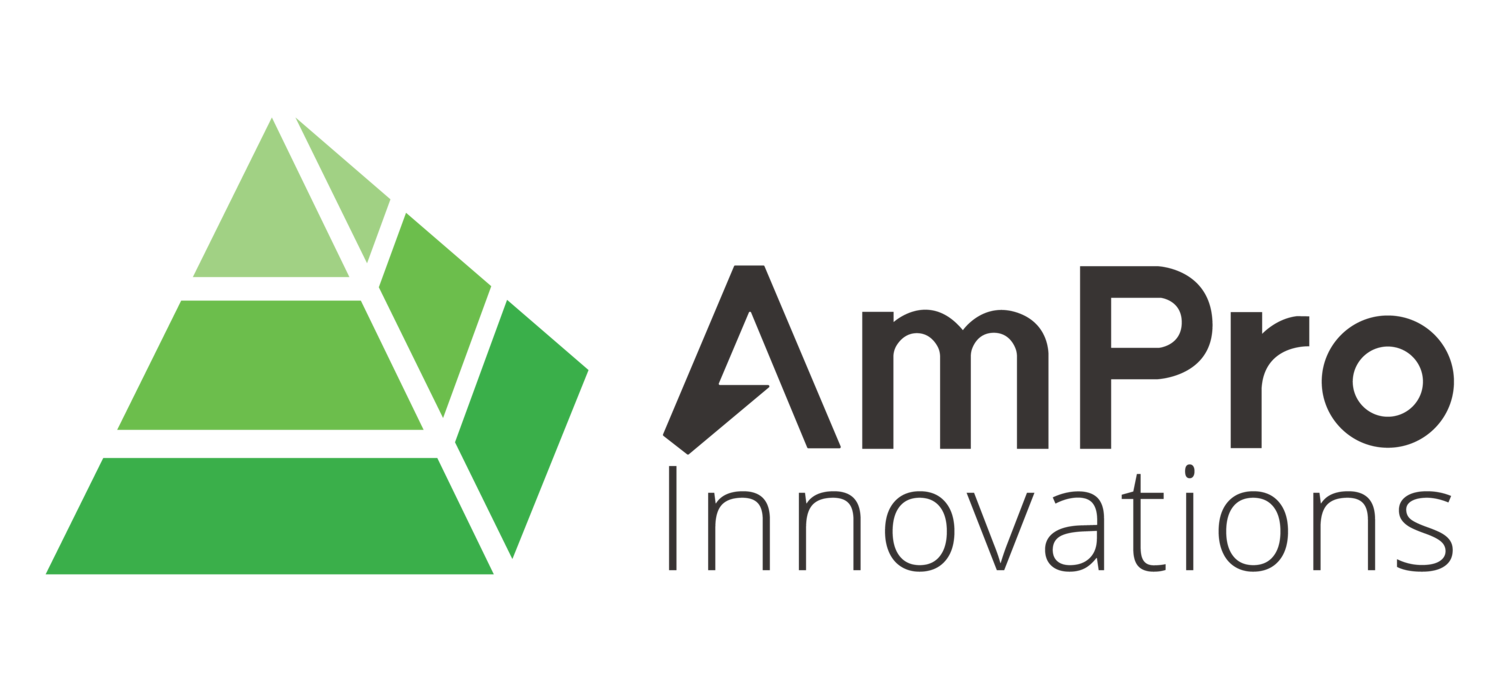Industrial 3D Printing Insights
The United Nations recently held an online webinar addressing the future of the additive manufacturing (3D printing) industry in one of many talks as part of their webinar series to raise awareness for Inclusive and Sustainable Industrial Development (ISID).
To discuss the topic of 3D printing revolutionising agile manufacturing, several guest speakers were invited to share their knowledge with the UNIDO committee.
Amongst the esteemed speakers was Prof. Xinhua Wu an additive manufacturing veteran with more than 30 years of experience in the industry. From her earlier years producing 3D printed aerospace parts to more recently having founded her own 3D printer manufacturing company (AmPro Innovations), Prof. Wu was able to provide a unique insight into the industry from both the perspective of technology development as well as the perspective of implementing the final printed part.
With a full understanding of the technical requirements for the printing machines and the operational requirements for the final printed parts, Prof. Wu is developing 3D printers that provide the optimal experience for the end-user and maximise printing efficiency for industrial production.
Her experiences in this endeavour have led her to the important conclusion, which she shared during the UNIDO webinar, that bringing 3D printing to the industrial scale demands a fundamental understanding of the microstructure of the printed parts and their corresponding mechanical properties.
Material science research at the atomic (phase transformation) and macroscale (defects) level is essential to ensure the parts can perform at their operating conditions without cracking or deforming. Most importantly, these properties must be consistently and reliably reproduceable which cannot be achieved without this knowledge.
Prof. Wu demonstrated the dramatic difference between the operable lifespan of a Titanium printed part with and without optimised post-heat treatment parameters, which resulted in a staggering tenfold difference in the part’s ductility, consequently its life.
Given that these properties are primarily controlled after the printing during the post-heat treatment process, Prof. Wu highlighted that the real engineering challenge takes place after the part has been printed.
“At the end of the day, people need to understand that 3D printing is not just about printing a particular shape, but fundamentally delivering a useful product which requires controlled material properties”
This ongoing webinar series hosted by the United Nations Industrial Development Organization (UNIDO) aims to help improve utilisation of the world’s advancing technologies that will benefit the globe.
For more information, visit unido.org.







